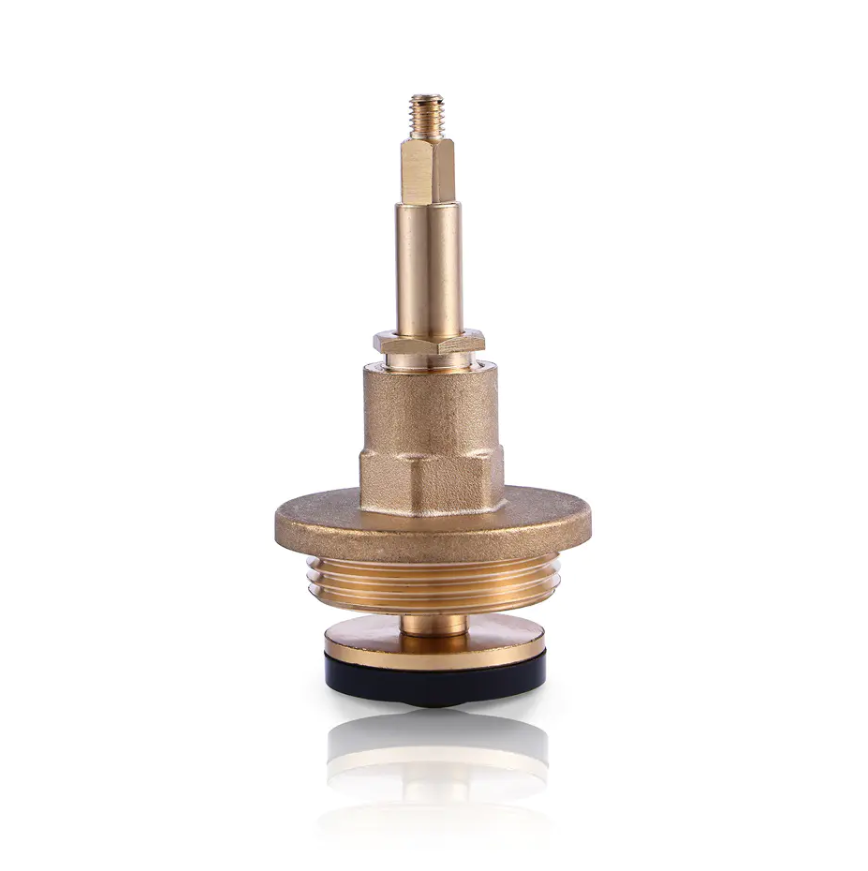Opening Valve Core Operates Differently with Liquids and Gases

The performance of a Slow Opening Valve Core can vary significantly depending on whether it operates in gas or liquid media. Differences in density, viscosity, and compressibility of the medium influence flow behavior, sealing requirements, and mechanical stress on the valve components. Understanding these variations is essential for selecting and designing valves that maintain reliability and efficiency across different applications.
Behavior in Liquid Media
When handling liquids, the Slow Opening Valve Core benefits from the incompressibility and relatively high density of the fluid. The slow opening mechanism helps gradually equalize pressure, reducing water hammer and minimizing mechanical stress on piping and the valve itself. Liquids provide consistent lubrication for moving components, reducing wear and maintaining smooth operation. However, high-viscosity liquids may slow the response time, requiring appropriate design adjustments in damping or spring tension.
Behavior in Gas Media
Operating in gas media presents different challenges. Gases are compressible and less dense than liquids, which affects the valve’s flow dynamics. The slow opening mechanism helps to prevent sudden pressure surges that could lead to mechanical vibration or system instability. Sealing performance is more critical in gas applications because even small leaks can result in significant losses or safety hazards. Materials and elastomers must be chosen to ensure tight sealing under lower-density, higher compressibility conditions.
Sealing and Mechanical Considerations
Sealing requirements differ between liquids and gases. Liquid systems benefit from the natural pressure of the fluid, helping to maintain the seal, whereas gases exert less force on the sealing surfaces. Therefore, valve cores operating in gas media often require tighter tolerances and more resilient sealing materials to prevent leakage. Mechanical components may experience different stress patterns due to the varying momentum and pressure effects of the fluid or gas.
Operational Implications
The differences in behavior also influence operational considerations. In liquid systems, flow rates can be relatively predictable, and the valve’s slow opening provides precise control. In gas systems, operators must account for compressibility, potential pressure spikes, and leakage risks. Proper maintenance, inspection, and material selection are essential for ensuring consistent performance regardless of the medium.
Slow-opening valve Core exhibits different characteristics in gas and liquid media. Liquids provide stable flow and lubrication, reducing wear and stress, while gases require careful attention to sealing and pressure management due to lower density and compressibility. By understanding these differences, operators can optimize valve design, material selection, and operational protocols to ensure reliable, safe, and efficient performance in both types of media.
- Art
- Causes
- Crafts
- Dance
- Drinks
- Film
- Fitness
- Food
- Oyunlar
- Gardening
- Health
- Home
- Literature
- Music
- Networking
- Other
- Party
- Religion
- Shopping
- Sports
- Theater
- Wellness


